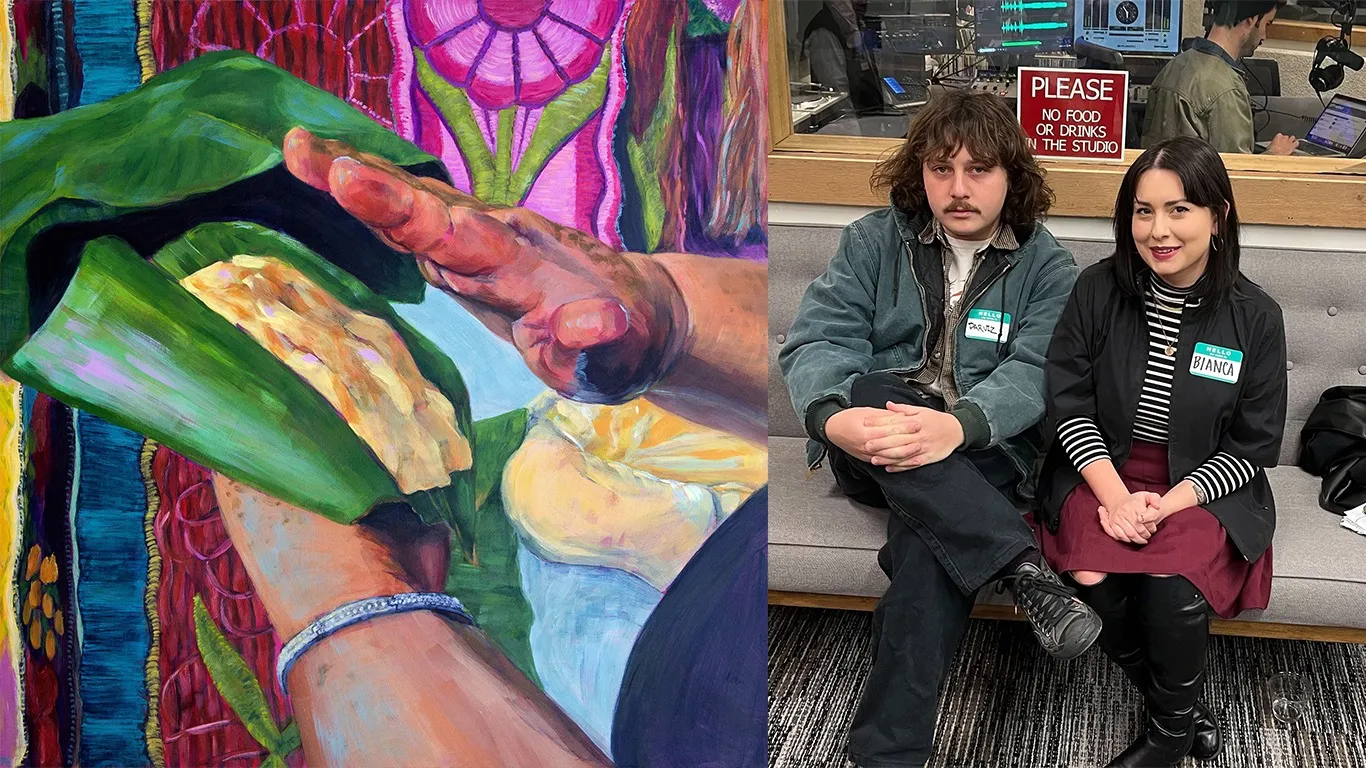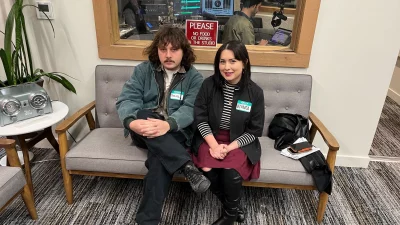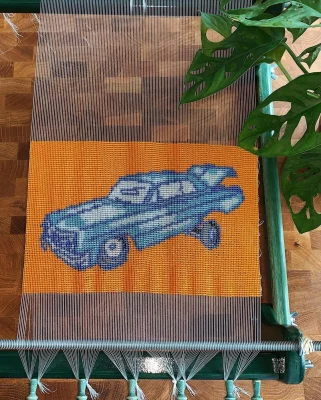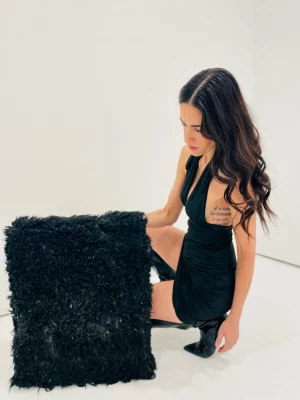
Love Letters to the West Side: Celebrating the Roots We Hold Close
Activism, Outreach and Education
“Where did you grow up?” is a common question you hear when you’re getting to know someone—one that often sparks connections over shared backgrounds. You might hear an SLC local say proudly, “I’m from the West Side!” and the shared feeling of nostalgic excitement results in a conversation along the lines of, “Oh, me too! So, you must’ve tried that one really good restaurant then! We should grab a bite there together sometime,” only to discover that your favorite locally-owned restaurant is long gone, and what remains is a gentrified luxury apartment unit that hardly anyone in your community can afford.
Art in response to this experience exists through Mestizo Institute of Arts and Culture (MICA) at their newest location at The Gateway. MICA is unfolding their third art exhibit, Love Letters to the West Side, on January 19. The exhibit is a heartfelt homage to the often-overlooked neighborhoods and communities that struggle to exist as the ongoing developments take Salt Lake City by storm. Organizers Bianca Velasquez (Vice Chair of MICA) and Parviz Faiz (local artist and community developer) touched on the importance of SLC’s West Side communities and the significance of maintaining them, hoping to uplift the voices of the marginalized and underrepresented people of color who live there.

“Hopefully, through this exhibit, we can reactivate the memories of the West Side,” says Velasquez. “I think it will bring people together with a common mission and understanding to give love to the West Side by either submitting a piece, supporting Parviz’s project or simply attending the event—and hopefully taking some art home.”
“Hopefully, through this exhibit, we can reactivate the memories of the West Side.”

Love Letters to the West Side features artworks from diverse artists like Alethia Lunare, who hand-wove together a Lowrider (a popular vehicle in Chicano culture) with colorful glass beads and Samantha DaSilva, whose sharp, black metallic sheepskin piece, boldly titled “The Black Sheep,” speaks for itself. We also explored one of Bianca’s favorite art pieces, “Abuelita Luna,” a framed photograph by Yexenia Young. The piece was inspired by Young’s late grandmother, whose sacrifice, unity and resilience not only provided a home environment for her family but fostered one for the greater Latinx community. “Each piece of art in the show is a love letter to those neighborhoods, intended to communicate each artist’s perspective on what makes that part of Salt Lake County special and underscore the importance of taking care and supporting those neighborhoods,” says Velasquez. All of the artworks on display are testaments to the essence of the West Side and the diverse beauty and struggles that come with it.
“Families who have immigrated to Utah have populated the West Side with panaderias, authentic Latinx foods and POC-centered businesses that diversify very white landscapes,” says Velasquez. “Many of the West Side neighborhoods are being affected by inflation and gentrification. Families who have added culture to Salt Lake are being pushed out”.
“Many of the West Side neighborhoods are being affected by inflation and gentrification. Families who have added culture to Salt Lake are being pushed out.”
In support of these small businesses, Love Letters to the West Side not only presents a feast for the eyes, but for the stomach as well. Xolo Masa Co. will be at the exhibition making authentic quesadillas with hand-ground masa (heirloom corn sourced from small farms in Mexico) as a treat for guests to connect with the idea of family and savor the heritage served on each plate while exploring vibrant arts and culture.
“Unfortunately, the West Side is often neglected given its history of marginalization,” says Faiz. “Residents face challenges like worsened air quality from freeways, physical disconnect from train freeway crossings and limited access to grocery stores.”
“Unfortunately, the West Side is often neglected given its history of marginalization.”

I asked Faiz, who notably and actively works within the development of the community, what some of the obstacles and goals are with his upcoming project “I mean, I see a lot of housing development, but little of anything else,” says Faiz, expressing concern towards the construction of luxury units that do more harm than good when it comes to addressing the housing crisis, leading to increased costs and erasure of historical structures. Faiz expresses that the massive growth of infrastructures only adds “a puzzle piece” to already struggling communities. Focused on tackling the lack of local transportation, Faiz states that “the purpose of The Transportation Focus Group Project is to gather community input to create a responsible and effective active transportation plan for [the] Fairpark [area]. [We are] enhancing active transportation networks such as walking, biking and rolling to offer benefits to all residents, regardless of their socioeconomic standing.”
Love Letters to the West Side’s opening reception is on January 19 from 6-10 p.m. and the exhibit runs through February 10 at 95 S Rio Grande St.
Read more coverage of MICA’s work:
Mestizo Institute of Culture and the Arts: Rejuvenating What it Means to be Mestizo
MICA’s Roots of Resistance Gallery Opening @ The Gateway 10.21